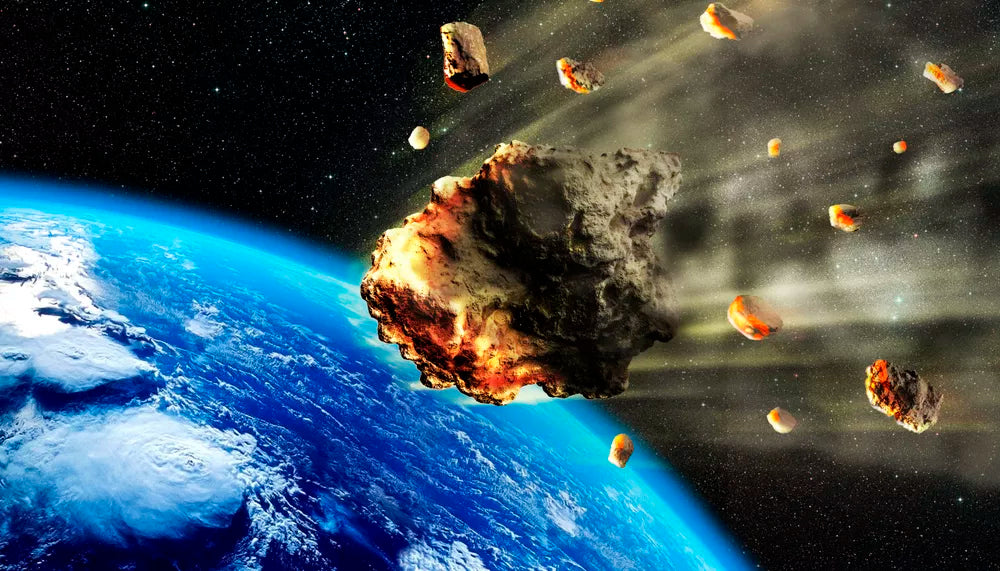
A mega-meteorite disrupted the oceans and fostered life on Earth 3 billion years ago
Three billion years ago, Earth suffered one of the most cataclysmic impacts in its history. A massive meteorite, dubbed S2, measuring 40 to 60 kilometers in diameter, crashed into the still-young planet, creating a 500-kilometer crater and an unprecedented tsunami, far larger than anything humanity has ever experienced. This meteorite was more than 200 times more massive than the one that caused the extinction of the dinosaurs.
The team of scientists led by Harvard University professor Nadja Drabon discovered evidence of this colossal impact in the Barberton greenstone belt in eastern South Africa. The region, one of the oldest on the planet, contains fossilized traces of the event, and the scientists undertook several expeditions to analyze the sediments left by the collision. Armed with hammers and accompanied by rangers to protect them from wild animals, the researchers took rock samples to better understand the scale of the catastrophe.
The impact: a cataclysmic event
The impact of this meteorite literally boiled the oceans, causing the evaporation of large quantities of water and generating atmospheric temperatures exceeding 100 °C. Rains of molten rock covered the Earth, while the skies darkened under a cloud of dust that blocked the sunlight for a long time. All this could have sounded the end for nascent life on Earth. However, research has revealed something unexpected: this cataclysmic event actually helped nourish the primitive organisms on the planet.
Scientists have discovered that the meteorite stirred up essential nutrients, such as phosphorus and iron, which spread into the oceans. These elements, brought up from the depths of the sea by the global tsunami, provided primitive microorganisms with the energy they needed to grow. Far from wiping out life, this giant impact may have, against all odds, encouraged its proliferation.
The resilience of life in a hostile environment
“Life on Earth has shown incredible resilience in the face of these hostile conditions,” says Professor Drabon. Microorganisms, already present before the impact, quickly rebounded and thrived, taking advantage of the enriched conditions created by the catastrophe. The researchers compare this resilience to the regeneration of bacteria after brushing your teeth: even after near-total destruction, they quickly return and in greater numbers.
These findings fuel a theory that is gaining traction in the scientific community: far from being solely destructive, giant meteorite impacts contributed to the growth of life by providing necessary nutrients and changing the environment in beneficial ways. Researchers now see these collisions as key events in the early evolution of the Earth.
A Look into the Future: Understanding the Origins of Life
The work by Drabon's team, published in the scientific journal Proceedings of the National Academy of Sciences (PNAS), opens new perspectives on the interaction between cataclysmic events and the emergence of life. By understanding how life not only survived but thrived after such gigantic impacts, scientists hope to better understand the conditions necessary for life to emerge on other planets. Giant meteorites like S2 may have played a similar role in other planetary systems.
This chapter in Earth's history, once considered synonymous with death and destruction, now reveals a fascinating paradox: these devastating events were also engines of creation, providing Earth with the resources necessary for life to blossom and flourish.



Leave a comment
This site is protected by hCaptcha and the hCaptcha Privacy Policy and Terms of Service apply.